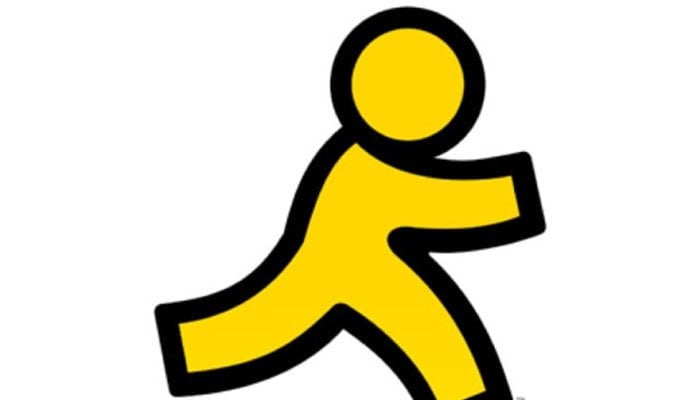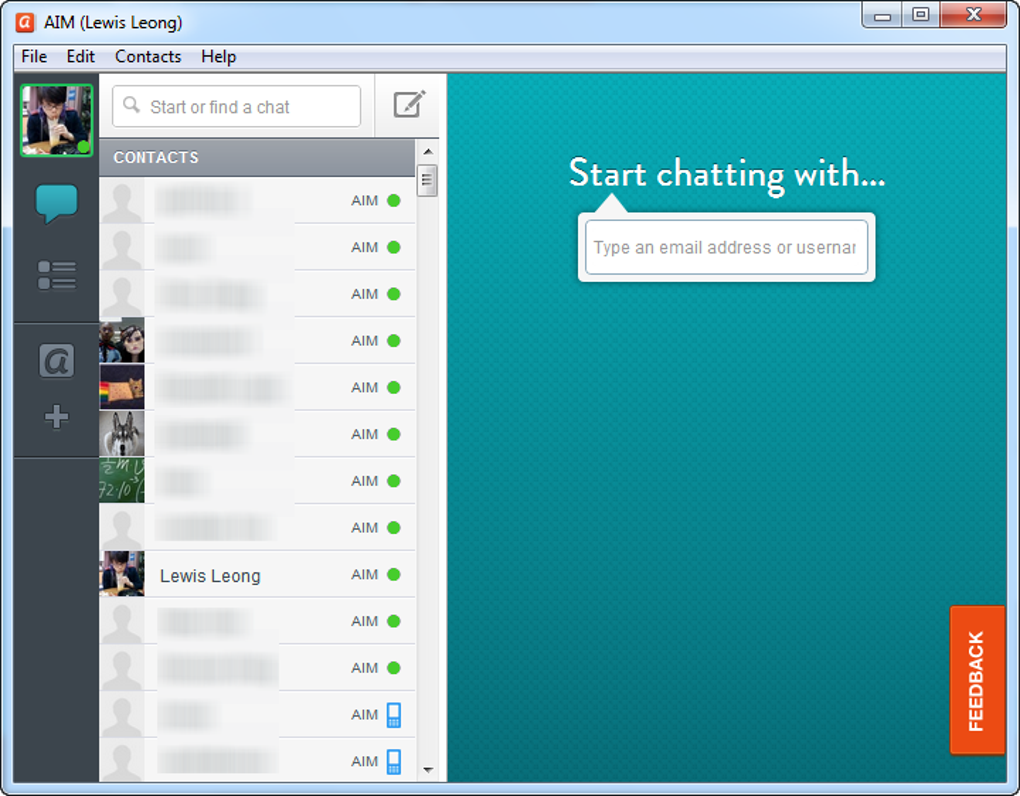

Unlike face-to-face conversations, technologies such as AIM also allowed conversations to persist on-screen, both in the short term (during the chat) and in the long term (as an archived chat).

In fact, many people still use their AIM screen name for other social media services, and many more became skilled at creating and maintaining more than one screen name. Through these screen names, the AIM space felt like a social one, populated with real people and personalities rather than cold screens and text. In a text-only environment, screen names provide some of the only identifying cues for users and become the user’s embodied identity. While certainly not the first form of social interaction online, AIM established for many people one of the most critical elements of online identity: the screen name. For Boyd, communication technologies have provided teens with ways to socialize with each other away from structured adult supervision – something that today’s children find increasingly difficult. For instance, scholars such as sociologist Danah Boyd argue that these venues were (and are still) critical for teenagers, who used AIM as a private space to engage each other and explore their own identities. Yet communication research shows that screentime can complement rather than take away from facetime. Today, people might debate the proper balance between screentime and facetime in a society in which screens are seemingly everywhere. As of late November, none of his 150+ contacts was logged in.ĪIM’s debut let friends and family connect in real time through their personal computers. 15, 2017 – complete with the author’s screen name, first established in 1997 when he was in high school. The login page from AIM.com, indicating the platform’s closure on Dec. But technology-based interactions were limited they didn’t allow for real-time connection and required access to a landline (if you were on the road, likely a payphone) and a computer terminal. A few savvy tech users used pager-speak to communicate “143” (“I love you”) to their partners a few others learned how romantic an email can be. In 1997, mobile phones were still remarkably expensive ( the Nokia 6160 cost about $900 and the Motorola StarTAC cost nearly $1,000) and most could not send text messages. Thank you to all our users! #AIMemories /V09Fl7EPMx- AIM OctoInteraction, in privateĪIM provided a space for discreet real-time interaction, with a layer of privacy not necessarily afforded by the home phone. That is just one testament to AIM’s lasting effects on how people use technology to connect today.Īll good things come to an end.

15 shutdown was announced, notably, on a new real-time text communication channel, Twitter.

AOL Instant Messenger, or AIM, was launched in May 1997 as a way for AOL users to chat each other in real time, via text. With nearly half of U.S.-based internet traffic flowing through AOL, the stage was set for a social evolution of sorts that shifted our collective relationship with technology and each other. As many as half of the CD-ROMs produced at the time bore the near-ubiquitous AOL logo, offering early computer users the opportunity to surf the internet for a flat fee – at the time, US$19.99 for unlimited monthly access. Toward the mid-1990s, America Online (by then going by its nickname, AOL) was the company through which most Americans accessed the internet.


 0 kommentar(er)
0 kommentar(er)
